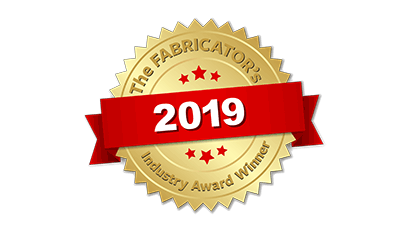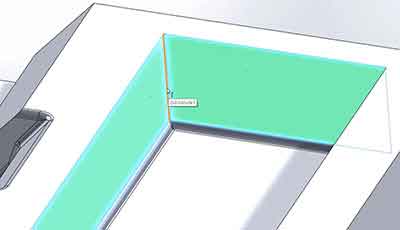Will Additive Metal Manufacturing Make Machining Obsolete?
Additive Metal Manufacturing (AMM) has come a long way and is capturing part numbers today in niche applications, i.e. jet aircraft engine parts. But here is why I think Machining still has a long runway:
Tolerances: In general, the minimum tolerance of a machined part is +/- .005” and tolerances for specific features can be +/-.001 or tighter. Not inch per inch but the total tolerance for a dimension. AMM equipment typically qualifies tolerances on an inch per inch basis and the larger the part, the less accurate the AMM part as compared to standard machining tolerances.
Surface finish: Many parts that are joined to a metal part require an extremely flat, uniform surface, particularly when mated to other metal parts in an assembly. Aluminum die cast parts as cast have a relatively smooth surface finish, better than most AMM parts today. But critical mating surfaces and tolerance features are still machined in after casting.
Speed and Size: Current AMM equipment uses vector technology to create part volume. Everywhere there is material in a part, that “point” needs to be “touched”, either by a laser or a deposition head. Typically the point is very small (otherwise tolerances are thrown out the window) so even if an AMM machine is “fast”, there is a limit of how much material can be added in a hour. So the larger the part, the longer it takes to manufacture. This will improve when raster technology is incorporated into AMM parts.
Design: Plastic additive manufacturing is much more advanced than AMM. There are hundreds of materials, the machines are much faster, and tolerances and surface finishes are adequate in some instances. Yet it is just now gaining acceptance as process for low volume production parts. Designing for AMM will need to be taught, implemented, and embedded so that it is considered an alternative to the traditional manufacturing processes. This will happen eventually, but not overnight.
Part longevity: Product manufacturers cannot afford to have parts fail in the field. Until there is substantive data proving life expectancies of AMM parts, expect resistance from management for AMM part production.
And how about part quality (relatively unknown by users is that a high percentage of AMM parts fail in the build process and need to be scrapped); material integrity; and material cost (the raw material cost of AMM materials is typically 5 to 10+ times the cost of billet)?
All of these facts may be true, but you may ask, aren’t you biased as the owner of a machining business? My response is: China Manufacturing Corp. is in the business of supplying metal parts to customers. When AMM technology becomes a better solution than CNC machining, even for a small percentage of parts we manufacture, China Manufacturing Corp. will invest in AMM. But no AMM technology satisfies our customers’ needs today and I see nothing on the horizon that is a possible alternative.
AMM will nibble at the world of CNC machined parts and continue to get better. Adoption of AMM will happen faster than we think. However, AMM will not make CNC machining obsolete in the near future. No matter what the marketing folks of AMM companies would like us to believe.
China Manufacturing Corp. Regards,
– Jay Jacobs, CEO






